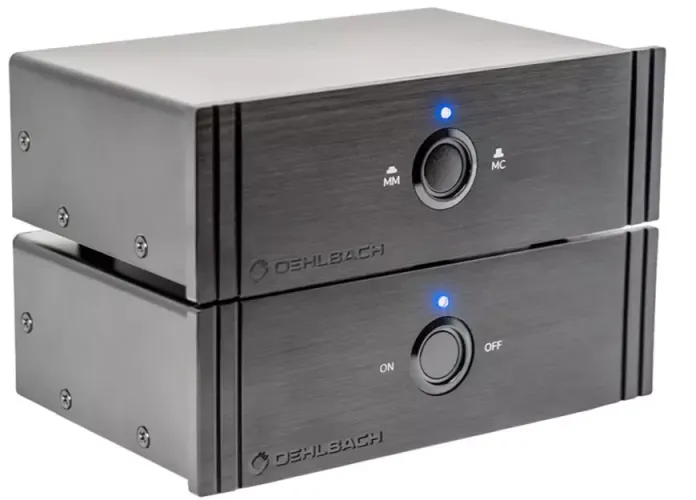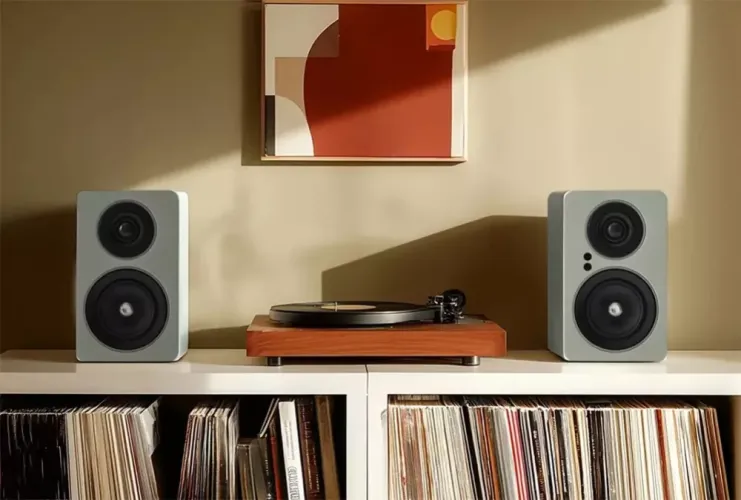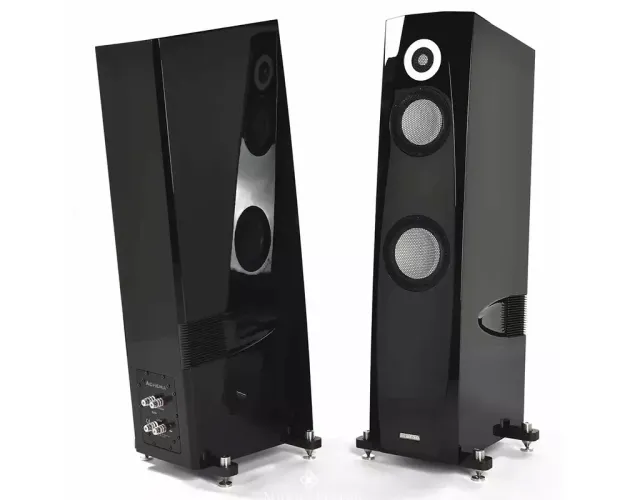
Kondo Audio Note Japan GE-7i - the latest premium vacuum tube phono preamplifier
16.11.2022 09:30 | ~2 minutes read
Kondo Audio Note Japan has introduced the new GE-7i vacuum tube phono preamplifier. The manufacturer emphasizes that the new product is neither a simplified version of the GE-10 model, nor an improved version of the GE-1 phono preamplifier, but offers its own new solution in the field of ultimate correction of the signal from a vinyl record. In the NF type equalization circuit, the SRPP input stage is implemented on the ECC803S tube.


Due to the use of a parallel cathode follower on the 6072 tube at the output, the output impedance is reduced, which ensures accurate sound reproduction. Like the flagship GE-10, this model uses a shunt-type filament power supply circuit and a smaller power supply housing so that together with the phono preamplifier the width does not exceed the standard size of Hi-Fi components of 480 mm. The shunt-type filament power supply has been redesigned to meet new needs. The shunt type regulator circuit ensures that the filament voltage will not change within 5% of the power supply voltage fluctuation, making it an extremely stable power supply circuit.

Features of the Kondo Audio Note Japan GE-7i Phono Preamplifier:
NF type equalization system
Separate chassis with independent power supply
Separate phono preamplifier case and decoupling capacitors minimize the impact on the signal circuit
Using quality parts such as SSW (silk silver wire), silver foil capacitors, original power transformer and copper chassis.
Coupling capacitor and load resistor at the output for low-pass filtering without compromising sound quality.
Pure copper case.
Front panel with the same curved edges as the G-700i preamplifier
The Kondo Audio Note Japan GE-7i vacuum tube phono preamplifier incorporates high-quality original components such as a copper main chassis, pure silver foil capacitors, pure silver resistors, SSW wiring, silver shielded cables, silver-palladium plated RCA jacks, and zirconium tube pads. In addition, the circuit uses custom-made electrolytic capacitors, power transformers, and chokes.
Specifications
This product is in the Hi-Fi and High End Electronics and Acoustics database
Phonostages — Kondo Audio Note Japan GE-7i
Model name
GE-7i
Inputs (balanced)
N/A
Inputs (single-ended)
2
MC current-sensing input impedance (Ω)
N/A
MM/MC voltage input impedance (Ω)
N/A
Output impedance (Ω)
N/A
Gain (dB)
N/A
Playback EQ curves accuracy (dB)
0.5
Frequency response low +/- 3dB (Hz)
30
Frequency response high +/- 3dB (Hz)
20000
Total Harmonic Distortion + Noise (%)
N/A
Dimensions (mm)
302 x 160 x 412 + 160 x 160 x 412
Weight (kg)
13.5 + 12
Official link
Image source - https://www.audionote.co.jp/en/products/pre_amplifier/ge-7i.html







